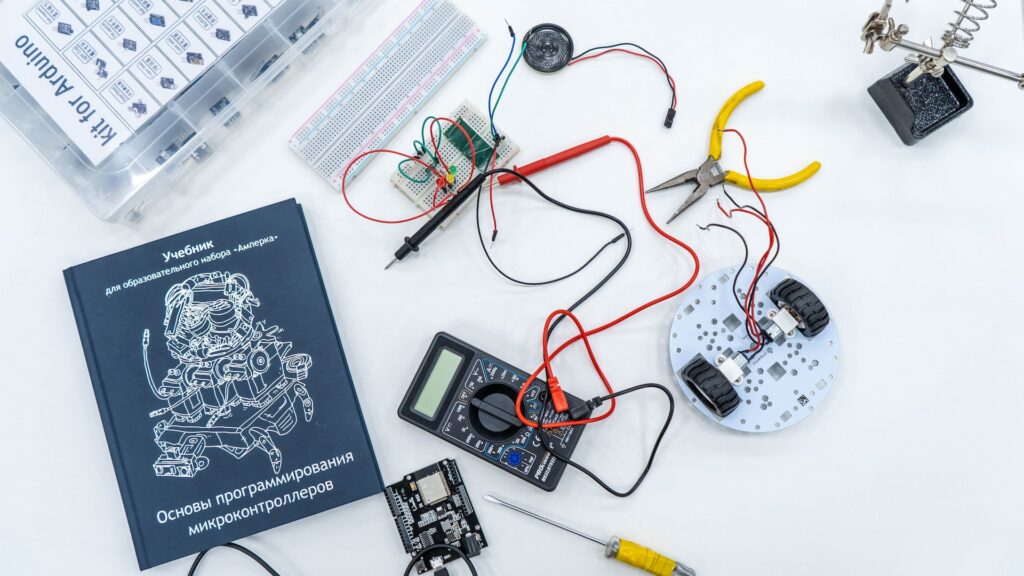Introduction:
Are you passionate about robotics and tinkering with electronics? Building your own robots can be an exciting and rewarding DIY project. Not only does it allow you to unleash your creativity, but it also gives you the opportunity to learn about robotics and engineering principles. In this blog post, we will explore the concept of reusing components to build your own robots, saving costs and reducing waste. Let’s dive into the world of DIY robotics!
Why Reuse Components?
Before we get into the nitty-gritty of reusing components, let’s understand why it is beneficial. By reusing components, you can save money on buying new ones, as well as reduce electronic waste, making it an eco-friendly practice. Moreover, repurposing old components allows you to give them a new life, preventing them from ending up in landfills.
Understanding Robotics Components:
To effectively reuse components, it’s important to have a basic understanding of the different components commonly used in robotics projects. Some essential components include microcontrollers (such as Arduino or Raspberry Pi), motors, sensors, batteries, and connectors. Knowing the functionalities of these components will help you identify reusable ones and plan your projects accordingly.
Identifying and Salvaging Components:
Now that you have a good grasp of robotics components, it’s time to identify and salvage usable components. Start by assessing any old gadgets or electronics you have lying around the house. Look for items like old smartphones, remote-controlled cars, or even broken toys, as they often contain useful components. Salvage motors, sensors, buttons, cables, and any other parts that can be repurposed for your DIY robotics projects.
Tips for Reusing Components:
Once you have amassed a collection of salvaged components, here are some tips to effectively reuse them in your robot-building endeavors:
1. Testing and compatibility: Before integrating a salvaged component, test it to ensure it functions correctly. Additionally, check if it is compatible with your intended project.
2. Documentation and labeling: Keep a record of the salvaged components, labeling them with their specifications and storing them in an organized manner. This will make it easier for future projects and prevent confusion.
3. Sharing and trading: Engage with the DIY robotics community by sharing or trading components. Online forums and social media groups are great platforms to connect with like-minded individuals and exchange components you no longer need.
4. Repurposing creatively: Don’t limit yourself to the original purpose of a salvaged component. Think creatively and explore how it can be repurposed to serve a new function in your robotics projects.
Conclusion:
Building your own robots can be an incredible journey filled with creativity, learning, and personal satisfaction. By reusing components, you not only save money but also contribute to a more sustainable future by reducing electronic waste. Start exploring your collection of salvaged components, experiment, and let your imagination run wild. With DIY robotics, the only limit is your creativity!
